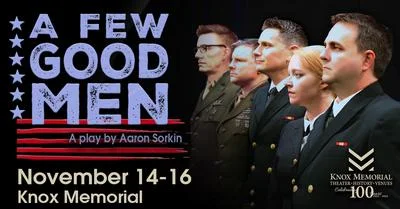MOUNT VERNON – Fuel sales at the Knox County Regional Airport dropped dramatically last year, making two pandemic relief grants from the federal government crucial for the airport’s viability, said Christopher Cordle, president of the Knox County Regional Airport Authority.
“Our fuel sales in April, May, June were down by 70%,” Cordle told the Mount Vernon News. “So things came pretty much to a screeching halt at that point in time.”
The airport authority was awarded a $23,000 grant as part of the Airport Coronavirus Relief Program, Sen. Rob Portman (R-OH) said in a news release last week. Cordle noted it was the second installment of federal funding received, with a $30,000 grant awarded in 2020.
The airport’s general aviation traffic has picked back up.
“I’d say in the last three months or so, we are still down about a third of what we were before,” Cordle said. “So the COVID Relief monies are very important to maintaining the viability of the airport.”
Restrictions were put on how the money can be spent, limiting it mainly to operating expenses and not capital improvement projects. Cordle said he thinks the intent of Congress was to save as many jobs as it could.
While $23,000 does not represent the pay for a single job at the Knox County Airport, it does help with payroll. Seven people work at the airport.
The funds can also be used for maintenance. The airport has snow removal equipment to maintain along with the mowers that are just beginning to get used to cut the grass this year. In addition to some security fencing, approximately four miles of perimeter fencing surrounds the airport to keep out wildlife.
“You wouldn’t believe how many things break at an airport,” Cordle said.
Other equipment to maintain includes complex lighting, radio and fuel delivery systems and a fuel truck. The truck needs to be certified, as do the fuel pumps. All that activity costs a lot of money.
“When your income drops by 70% or even now by 30 to 33%, that’s a big hit,” he said. “And so the COVID relief package is an important element of the financial health of the current operation.”
The runway is 5,500 feet long — as long as the runway at LaGuardia Airport in New York — and was just resurfaced last summer. The paving was done by Kokosing Construction, a local company. It includes longitudinal grooves that allow it to drain better.
“It makes it incredibly easier to get the snow off of it in the wintertime down to a surface that’s really compatible with landing heavy airplanes on it,” Cordle said. “In the summertime, the water rolls off of the runway.”
Corporate jets have landing speeds over 100 knots (approximately 115 mph) and specific minimum runway requirements. Those minimums increase substantially when the runway is wet because of the decreased braking action, puddling and hydroplaning. With a grooved runway, those requirements go away.
“The airplane will stop essentially as if it were stopping on a dry runway,” he said. “And that makes a big difference for insurance. Some people that couldn’t get in now can.”







